It’s been said many times before that an API is only as good as its documentation, and that’s why API teams put so much emphasis on the process. All at once, API documentation is supposed to serve as a reference point for how the API works, a guide on using the API for one’s intended purpose, and a means to test available API code. Thankfully, with an upgrade like a hosted API tool, keeping organized, detailed, and highly attractive docs will be a breeze.
But at the end of the process, what kind of API documentation do you want to come up with? What standards must be applied in order to ensure that the API docs are of high caliber? To answer those questions, here’s a list of qualities that any API designer should aspire towards. These qualities sum up the importance of hosted API documentation and serve as proof that paying attention to API docs significantly improves the overall development process.
- Documentation that’s concise. Don’t let your API documentation end with nothing but blocks of incomprehensible code. Instead, strive to release API code that is readable and straight to the point. Your would-be API adopters will be thankful for docs that don’t seem like they’re written in a foreign (coding) language.
- Documentation that’s easy to understand. The ultimate goal of API documentation—and API development at large—is for all the code to be developer-friendly. Developers should be under as little stress as possible when understanding what the API is supposed to do, plus how to integrate with it for themselves.
- Documentation that’s testable. Before a developer considers working with an API, they’ll want to see it in action. That means that they’ll be looking for sample codes that can be copied, pasted, and modified for their own use. It’s actually the same principle as wanting to buy a new pair of shoes. You’re more likely to make the purchase if you have an accurate size guide and you can try the shoe for yourself. In that same manner, you should make it easy for developers to try your code and see if it’s a good fit.
- Documentation that’s been sufficiently proofread for errors. No API adopter wants to deal with buggy, error-ridden code. To avoid that and to give testers as smooth an experience as possible, proofread the code in your docs to make sure that it is accurate.
- Documentation that’s constantly up to date. A great danger to the quality of your API docs is inconsistency to its latest updates. If the docs aren’t updated, then the information your developers will be working with is inapplicable and obsolete. Do make sure that your API docs are up to date and are as closely aligned to the API’s system changes as possible.
- Documentation that’s interactive and fun to tinker with. It counts for a lot if the docs are not only functional, but a pleasure to engage with as well. This makes doing API docs on an interactive platform a good idea. Such a platform is the perfect opportunity to get developers excited about taking on your API.
- Documentation that illustrates the story of the API, from its beginning stages to virtualization. When developers check out the API documentation, they should get the full picture of what the API has been through, what its main objective is, and how it will be beneficial to them. Thus, API docs are more than simple sets of instructions—they are an introduction and a testament to the API’s long journey.
In the end, it all boils down to creating a manual for your API that does its job and much more. If you’re part of a team that will work on the API’s documentation, know that the qualities listed above are what you should achieve with the finished product. Once you’ve hit the magic formula for your docs, you’ll be well on your way to attracting developers and seeing your API take off.

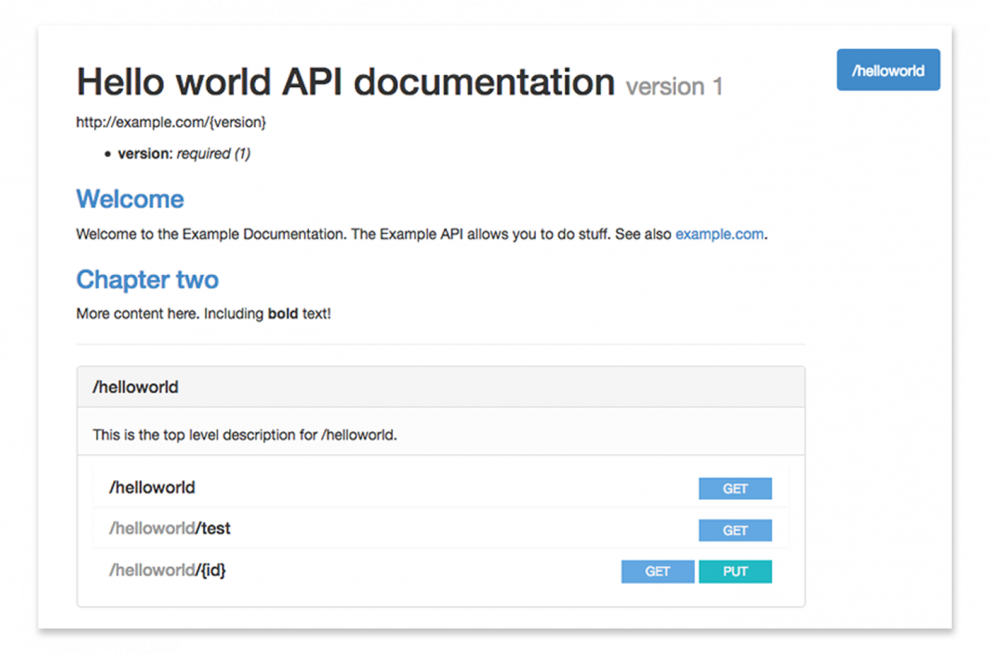

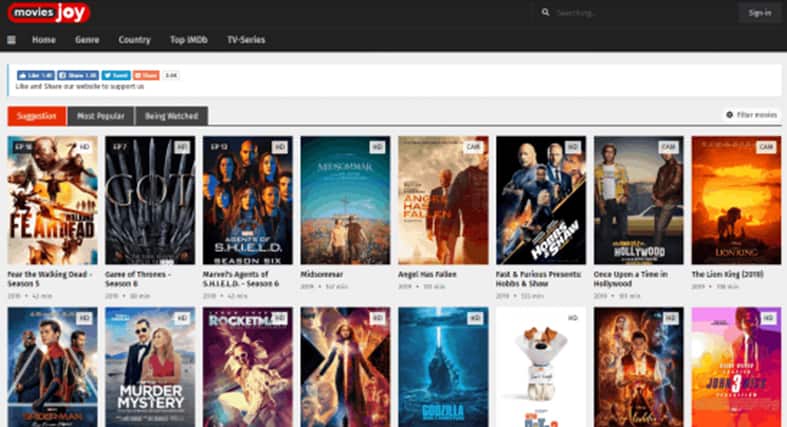
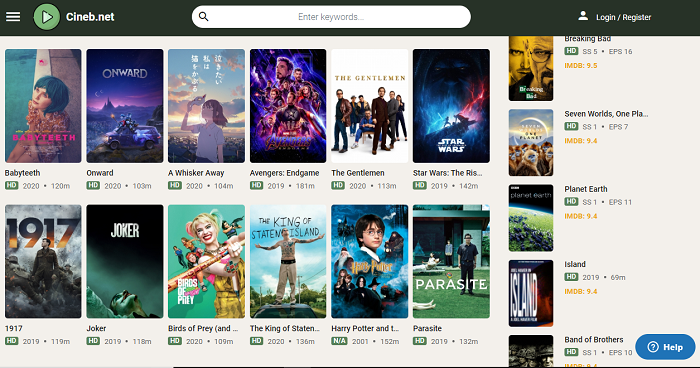
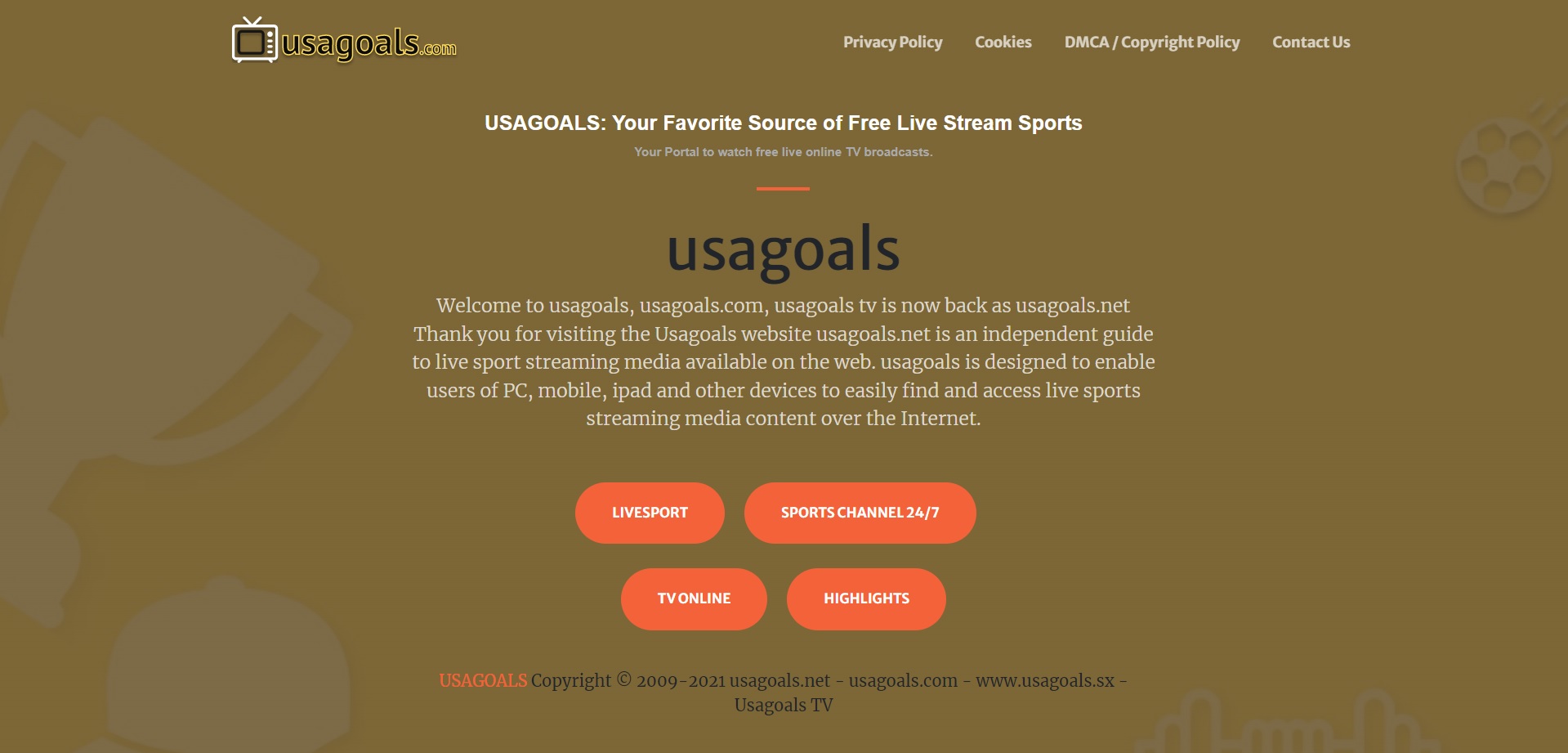

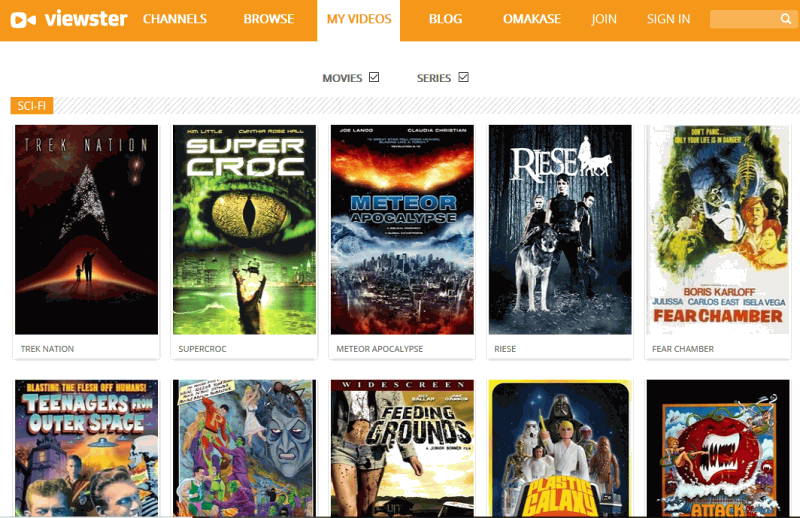
Add Comment